This Milan Design Week installation invites you to tread barefoot inside a palazzo
At Palazzo Litta, Moscapartners and Byoung Cho launch a contemplative installation on the theme of migration
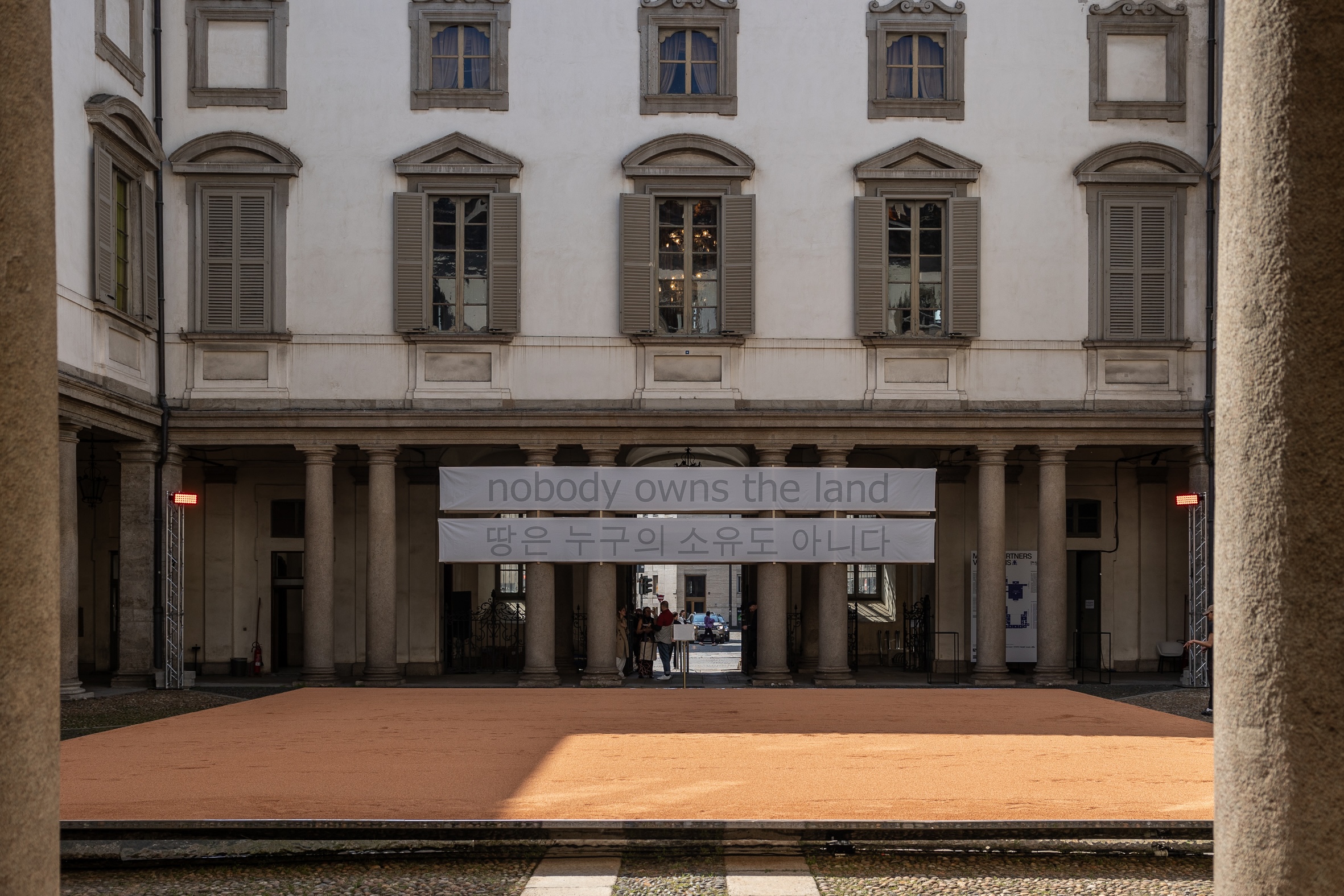
Milan's Palazzo Litta comes alive during Design Week with a new collective exhibition by Moscapartners, centred on the theme of Migrations and featuring a site specific installation by Byoung Cho. This is the Korean architect's first foray in Italy and through the show's theme he explores ideas of cultural cross-pollination and a meeting of East and West through a series of philosophical notions. The piece, set in the building's generous main courtyard and surrounded by colonnades, is titled Nobody Owns the Land: Earth, Forest, Mahk.

Tour Palazzo Litta and its transformed courtyard
Visually striking and deeply thought provoking, the courtyard piece is composed of a simple, low, geometric shape raised on a platform and filled with bright red soil. It creates a powerfully minimalist centrepiece contrasting Palazzo Litta's elaborate ornament and the city's blue skies.
This piece of constructed earth represents 'the object of conflict,' and visitors are invited to walk on it barefoot. Around it, a series of abstract paintings by Cho frame this experiential moment, like 'trees in a forest.' The phrase 'Nobody Owns the Land' is on display above the red flooring, written in both English and Korean, punctuating the composition. It all culminates in a mindful experience of mahk, the Korean concept for the 'imperfect and spontaneous approach to creation', also found in the country's traditional style of ceramics - mahksabal.
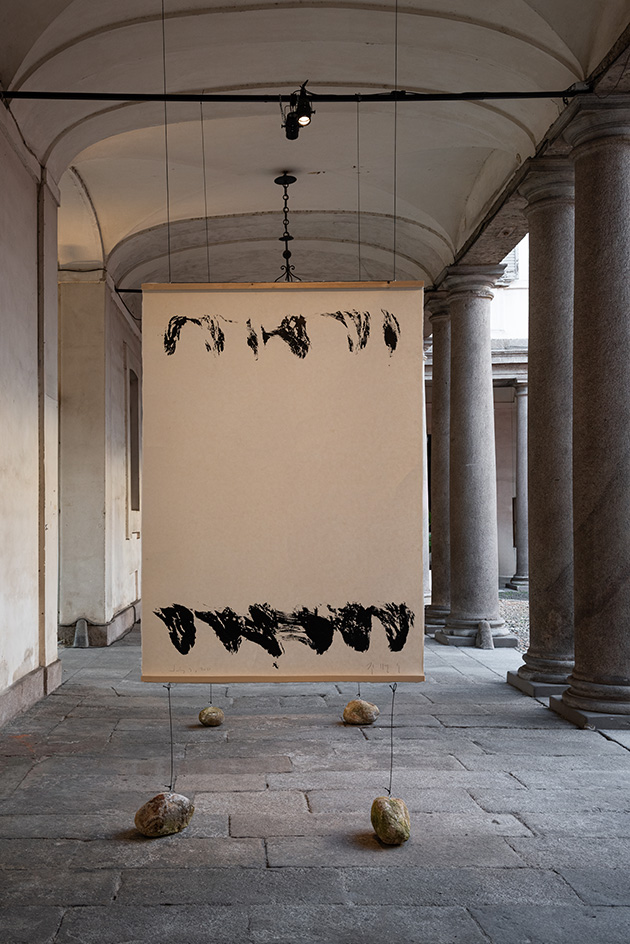
'The experience of the Earth has been conceived as a sanctuary in harmony with the sky of Palazzo Litta, delivering a message of peace,' Cho explains. 'In this time of conflicts surrounding the land, let us take a moment to reflect on the essence of land beyond occupation and ownership, and understand the meaning of peace. May we look up to the sky and reflect on our own existence as an opportunity to realize how fragile and small we are, yet how happy we can be in connection with the land.'
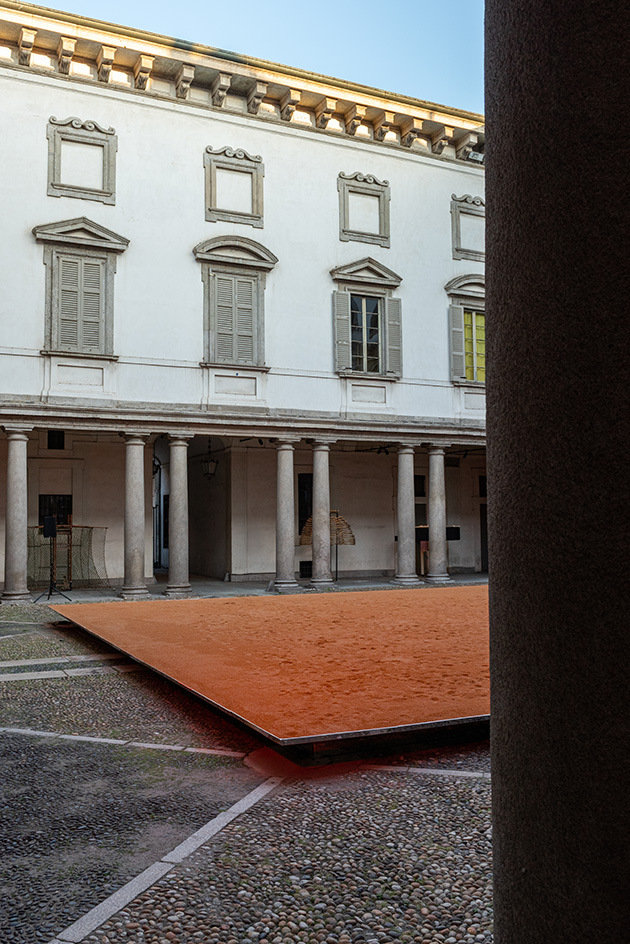
The architect continues: 'The installation came from my strong interest and belief in the Earth, nature, and mahk, the aesthetic that comes from Korean traditional concepts. Mahk is sensual and intuitive, celebrating the act of creation instead of adhering strictly to dogmatic principles. Impressed into its material form is the pure craftwork of a human creator without the hubris of perfection, like a potter leaving behind finger marks on the mahksabal, paying tribute to the perfection inherent in the messiness of nature.'
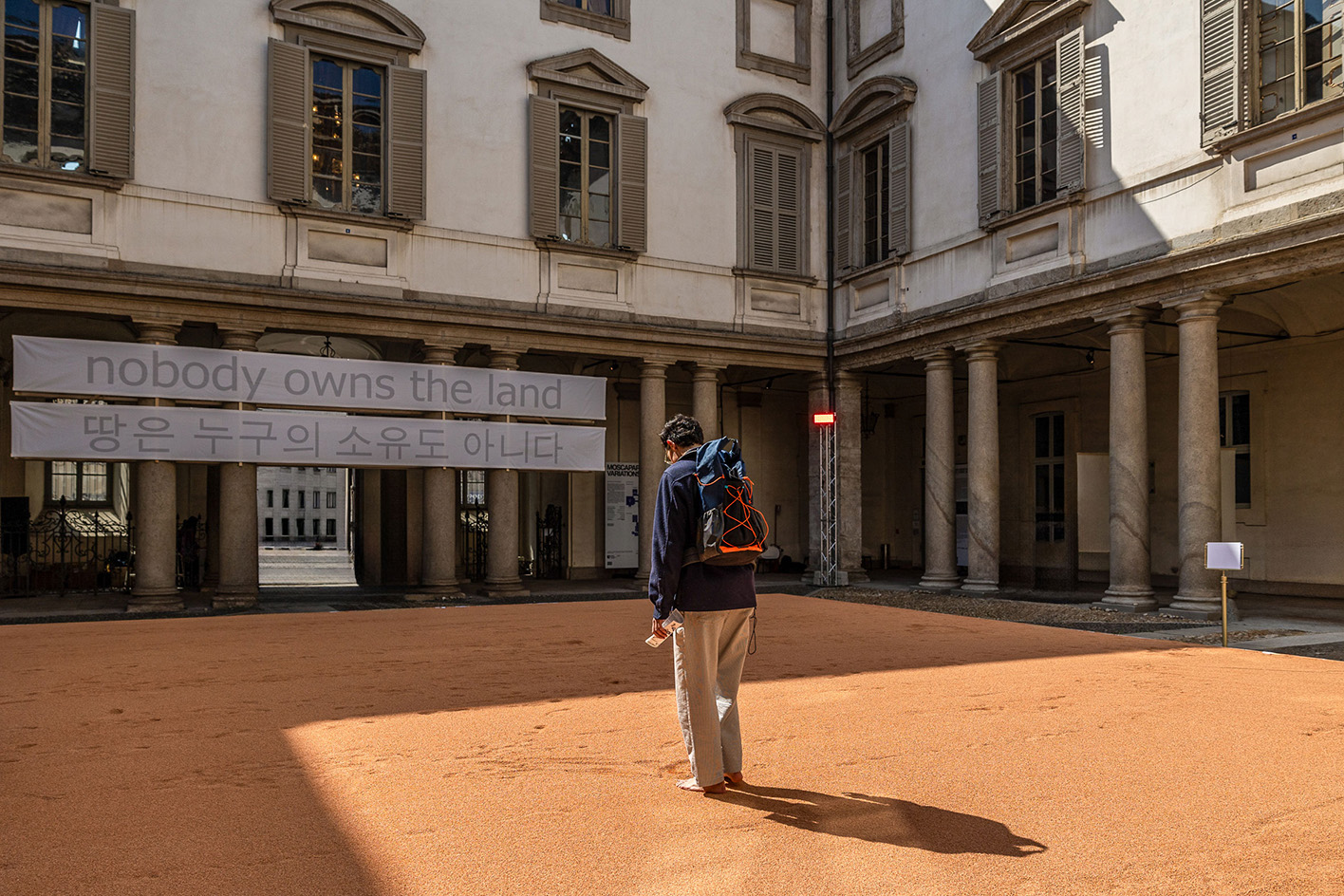
Elsewhere at Palazzo Litta 24 exhibitors from twelve different countries elaborate on similar themes. Their pieces are invaluably complemented by a showcase designed to address the needs of blind and visually impaired people.
Receive our daily digest of inspiration, escapism and design stories from around the world direct to your inbox.
Ellie Stathaki is the Architecture & Environment Director at Wallpaper*. She trained as an architect at the Aristotle University of Thessaloniki in Greece and studied architectural history at the Bartlett in London. Now an established journalist, she has been a member of the Wallpaper* team since 2006, visiting buildings across the globe and interviewing leading architects such as Tadao Ando and Rem Koolhaas. Ellie has also taken part in judging panels, moderated events, curated shows and contributed in books, such as The Contemporary House (Thames & Hudson, 2018), Glenn Sestig Architecture Diary (2020) and House London (2022).
-
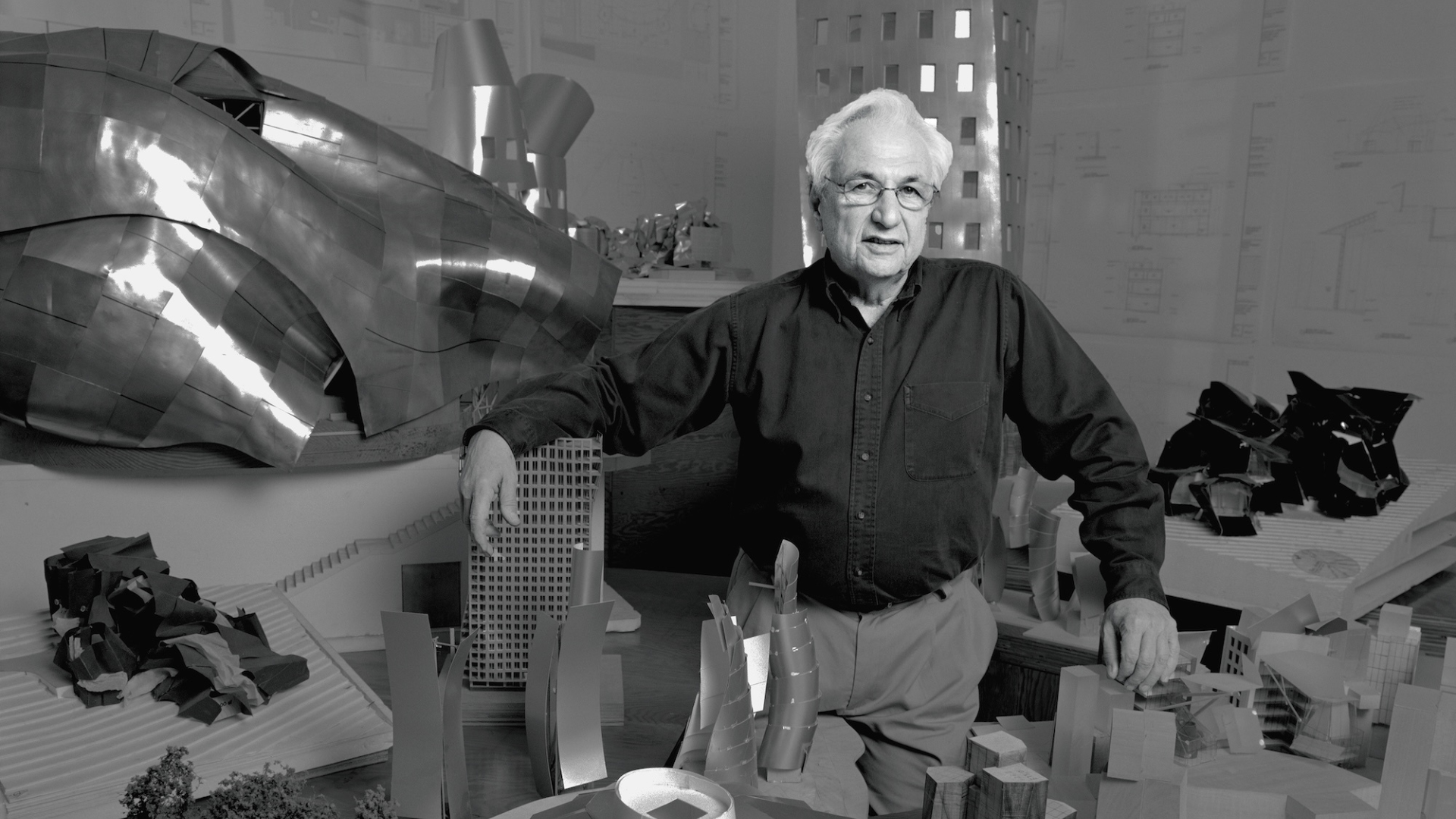 Remembering Frank Gehry, a titan of architecture and a brilliant human being
Remembering Frank Gehry, a titan of architecture and a brilliant human beingLong-time Wallpaper* contributor Michael Webb reflects on the legacy of the Los Angeles architect, who died today at age 96
-
 Lexus finally confirms the name of its all-electric LFA Concept supercar
Lexus finally confirms the name of its all-electric LFA Concept supercarStill designated a design study, the Lexus LFA Concept should be the successor to the most unlikely of all 20th-century supercars
-
 King of cashmere Brunello Cucinelli on his new biographical docu-drama: ‘This is my testimony’
King of cashmere Brunello Cucinelli on his new biographical docu-drama: ‘This is my testimony’Directed by Cinema Paradiso’s Giuseppe Tornatore, ‘Brunello: the Gracious Visionary’ premiered in cinematic fashion at Rome’s Cinecittà studios last night, charting the meteoric rise of the deep-thinking Italian designer
-
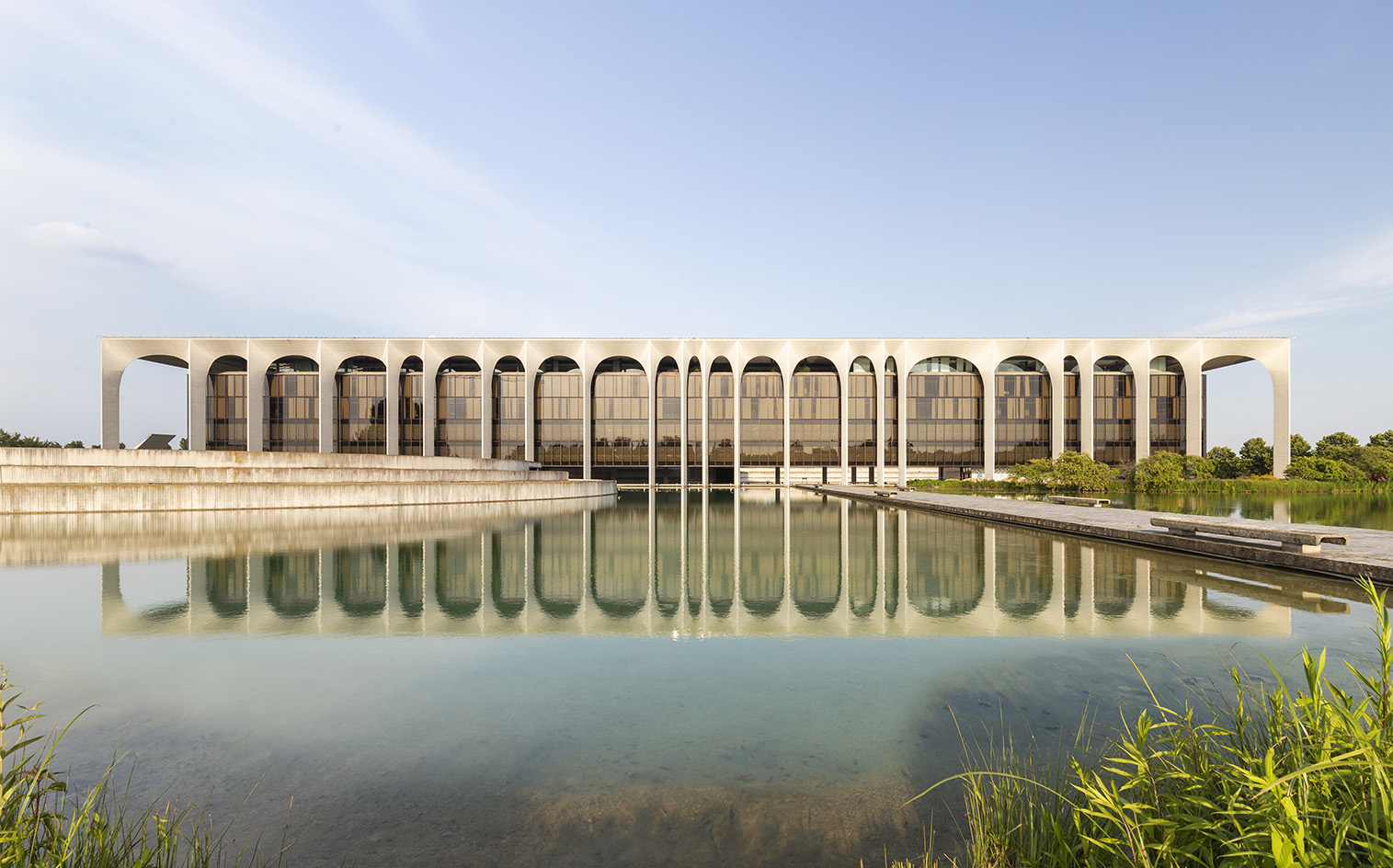 Modernist Palazzo Mondadori’s workspace gets a playful Carlo Ratti refresh
Modernist Palazzo Mondadori’s workspace gets a playful Carlo Ratti refreshArchitect Carlo Ratti reimagines the offices in Palazzo Mondadori, the seminal work by Brazilian master Oscar Niemeyer in Milan
-
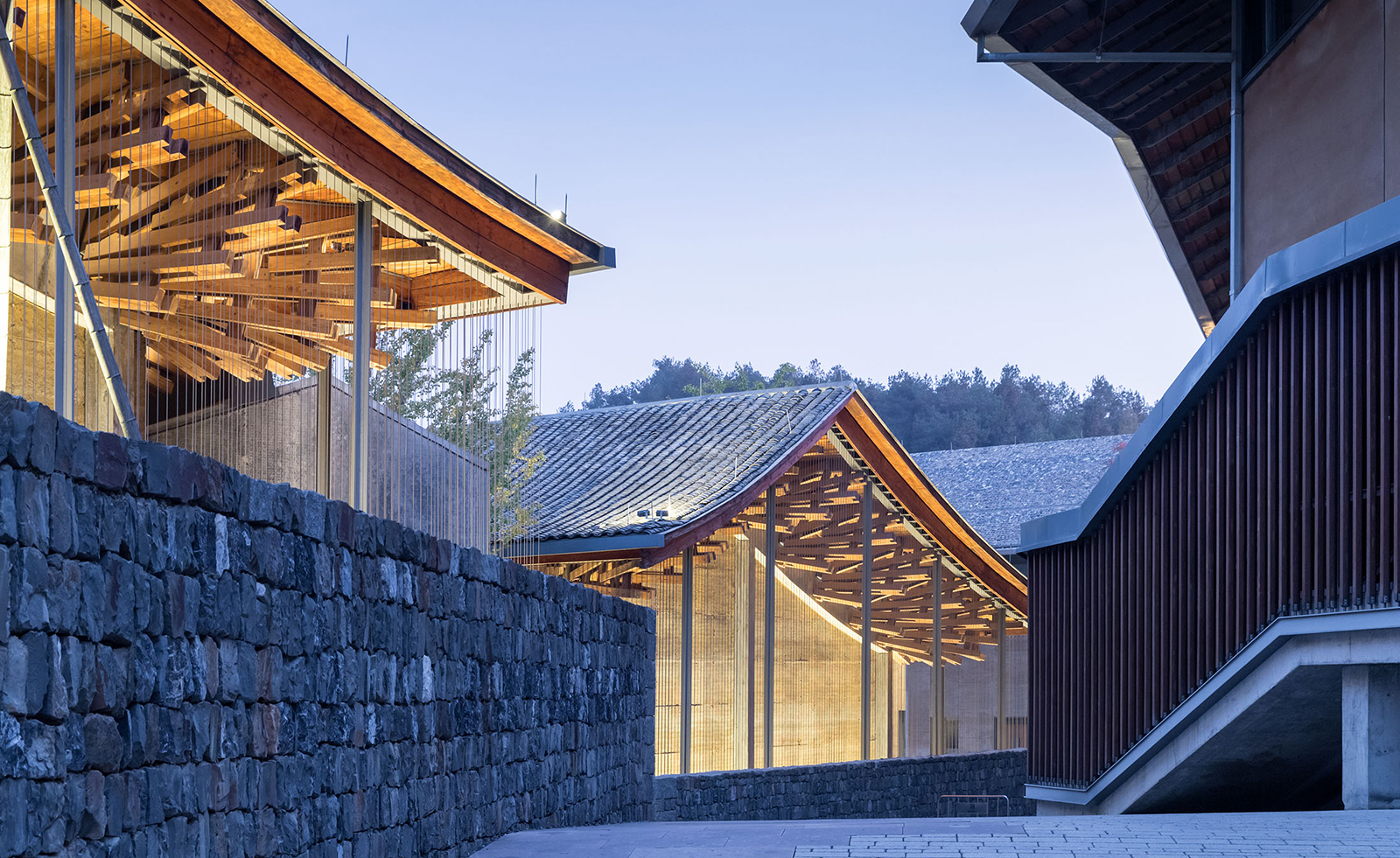 Wang Shu and Lu Wenyu to curate the 2027 Venice Architecture Biennale
Wang Shu and Lu Wenyu to curate the 2027 Venice Architecture BiennaleChinese architects Wang Shu and Lu Wenyu have been revealed as the curators of the 2027 Venice Architecture Biennale
-
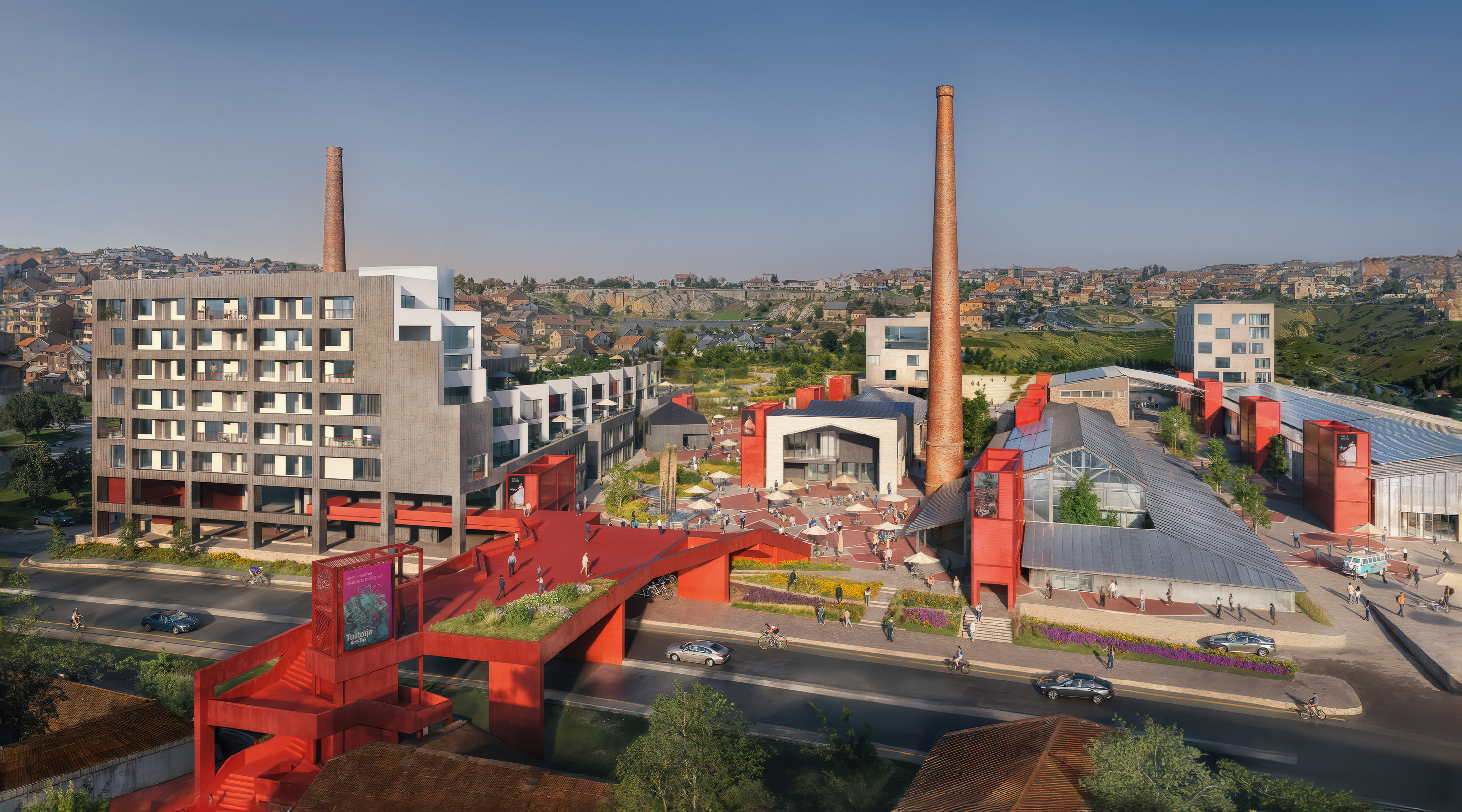 At the Holcim Foundation Forum and its Grand Prizes, sustainability is both urgent and hopeful
At the Holcim Foundation Forum and its Grand Prizes, sustainability is both urgent and hopefulThe Holcim Foundation Forum just took place in Venice, culminating in the announcement of the organisation's Grand Prizes, the projects especially honoured among 20 previously announced winning designs
-
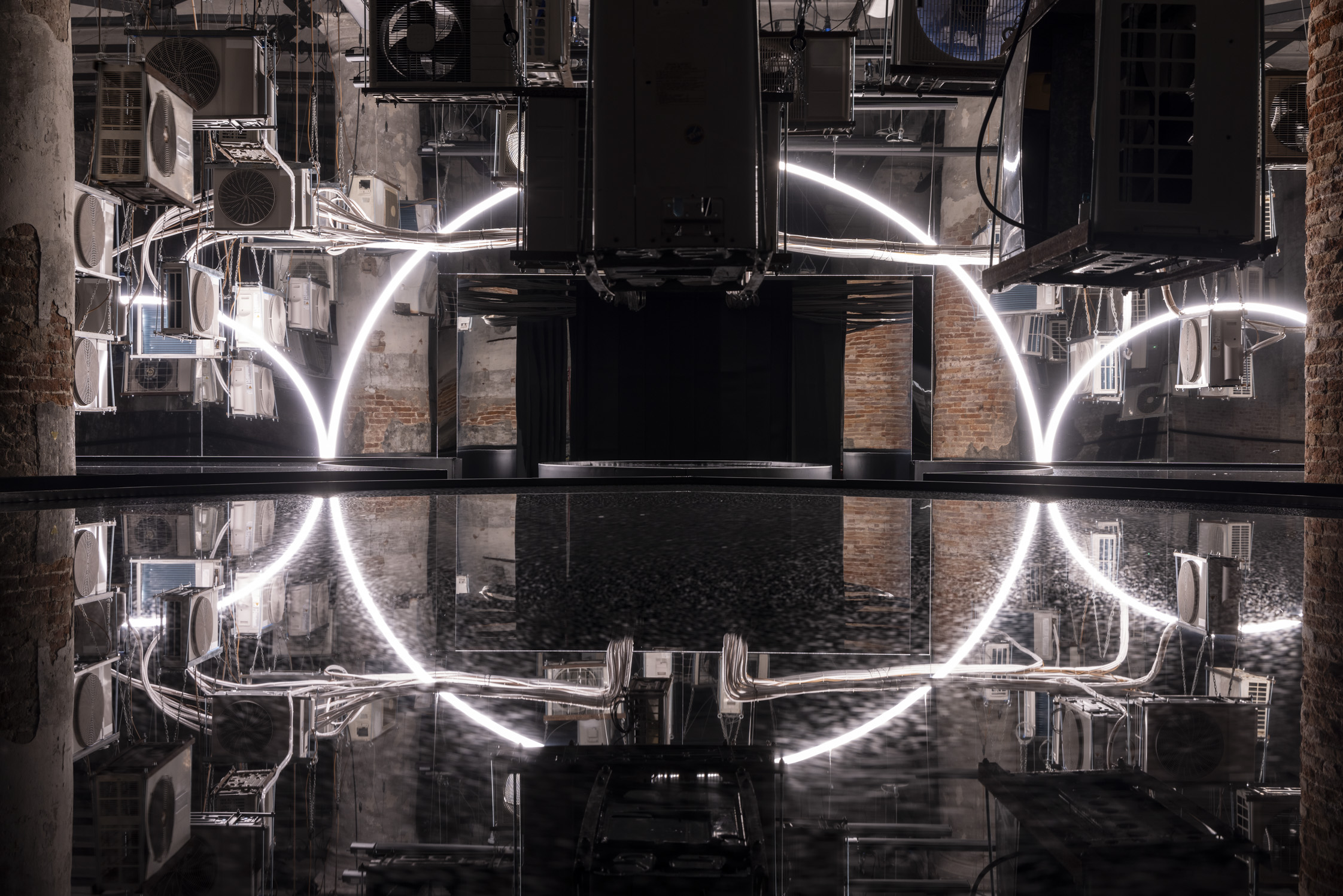 Carlo Ratti reflects on his bold Venice Architecture Biennale as it closes this weekend
Carlo Ratti reflects on his bold Venice Architecture Biennale as it closes this weekendThe Venice Architecture Biennale opens with excitement and fanfare every two years; as the 2025 edition draws to a close, we take stock with its curator Carlo Ratti and ask him, what next?
-
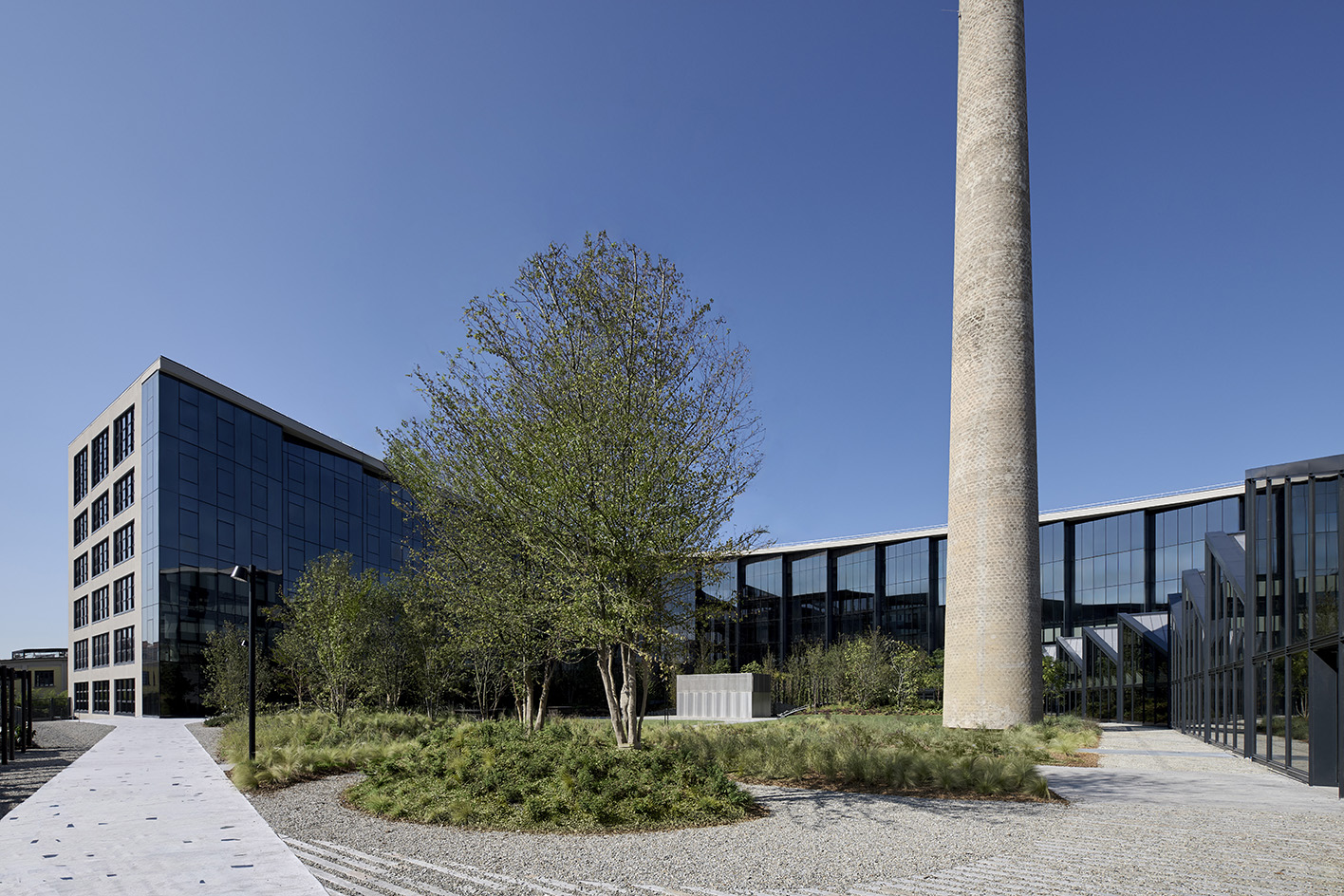 Step inside Casa Moncler, the brand’s sustainable and highly creative Milanese HQ
Step inside Casa Moncler, the brand’s sustainable and highly creative Milanese HQCasa Moncler opens its doors in a masterfully reimagined Milanese industrial site, blending modern minimalism and heritage, courtesy of ACPV Architects Antonio Citterio Patricia Viel
-
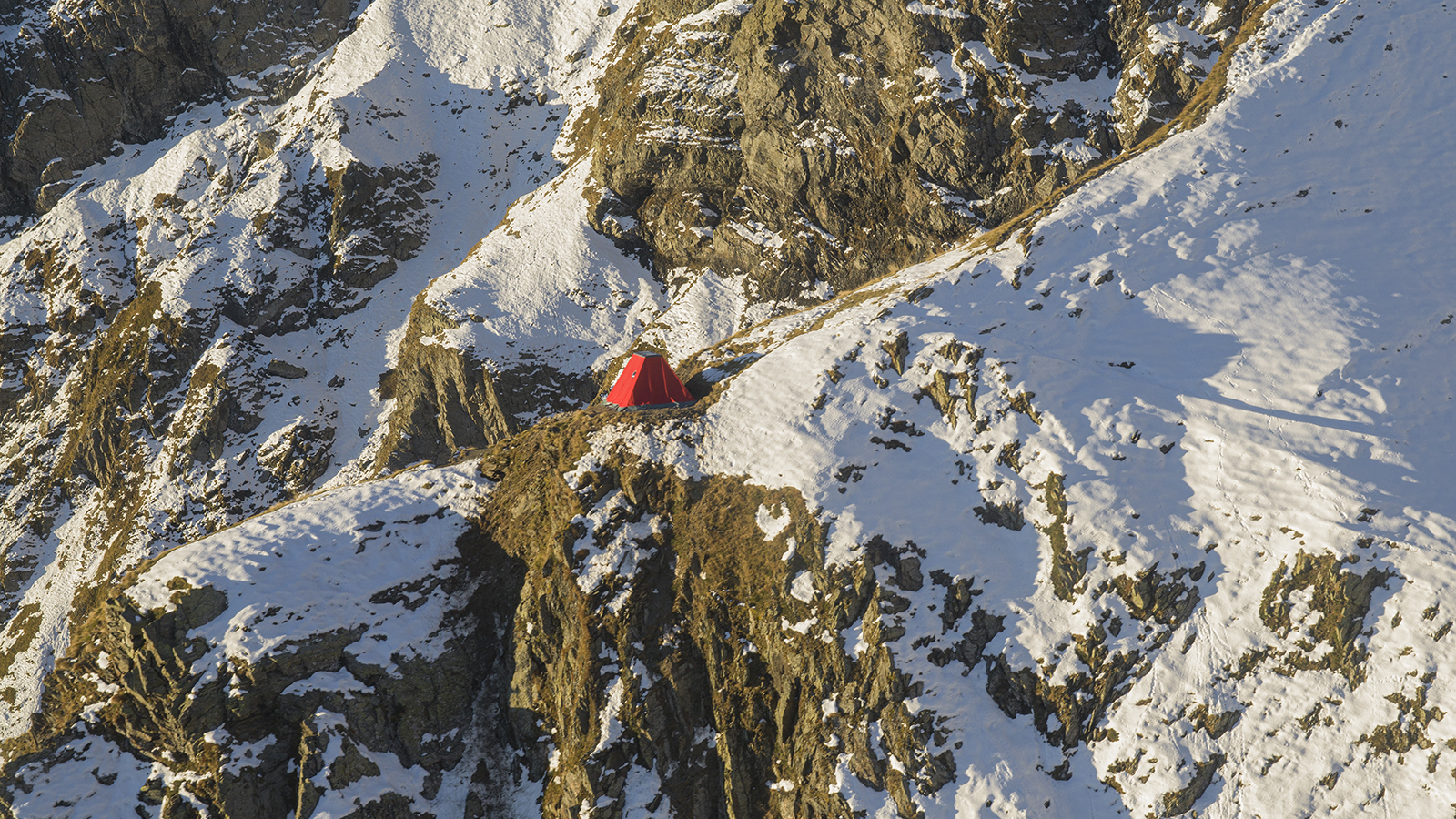 Aldo Frattini Bivouac is a mountain shelter, but not as you know it
Aldo Frattini Bivouac is a mountain shelter, but not as you know itA new mountain shelter on the northern Italian pre-Alp region of Val Seriana, Aldo Frattini Bivouac is an experimental and aesthetically rich, compact piece of architecture
-
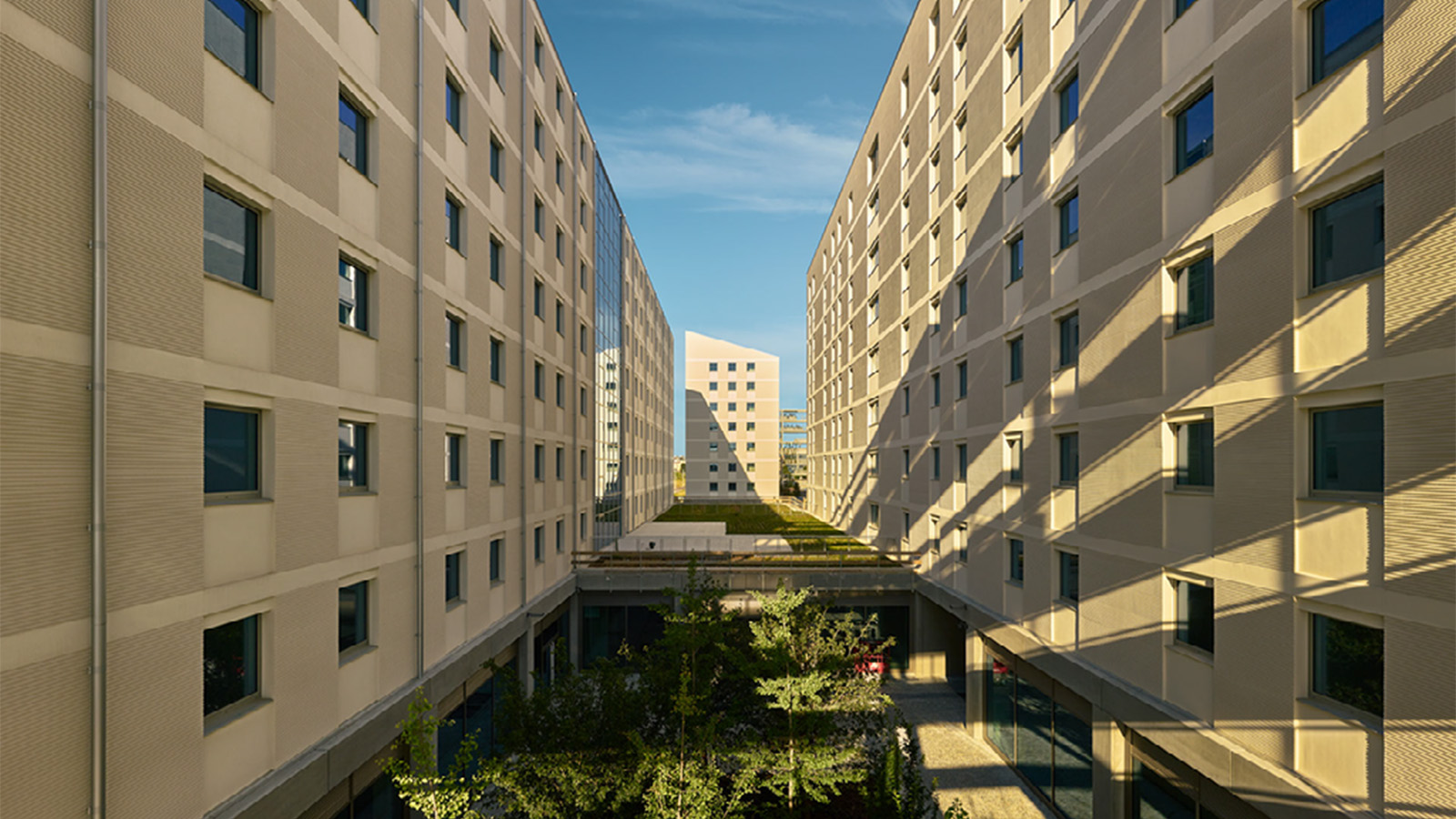 The 2026 Winter Olympics Village is complete. Take a look inside
The 2026 Winter Olympics Village is complete. Take a look insideAhead of the 2026 Winter Olympics, taking place in Milan in February, the new Olympic Village Plaza is set to be a bustling community hub, designed by Skidmore, Owings & Merrill
-
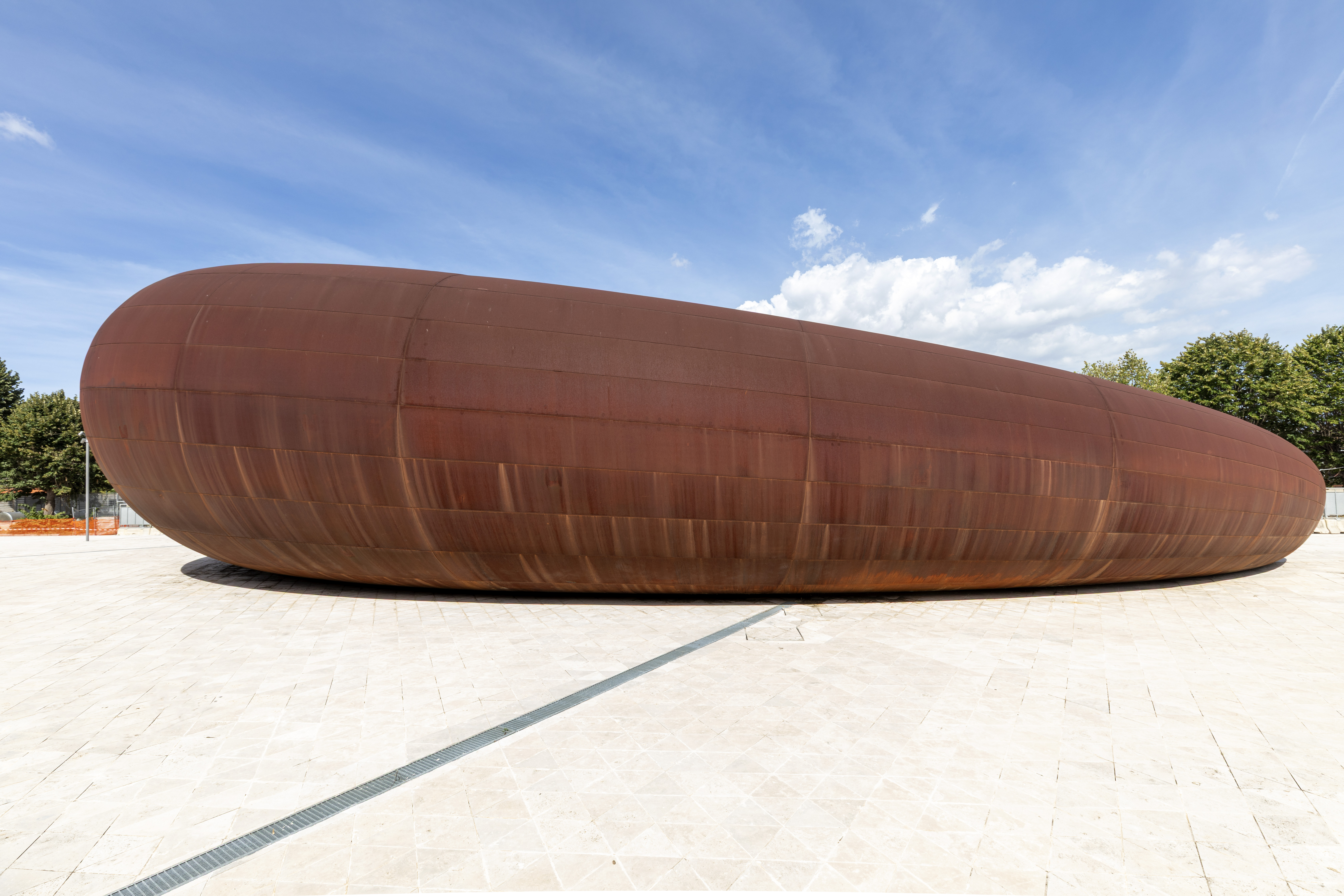 Anish Kapoor designs Naples station as a reflection of ‘what it really means to go underground’
Anish Kapoor designs Naples station as a reflection of ‘what it really means to go underground’A new Naples station by artist Anish Kapoor blends art and architecture, while creating an important piece of infrastructure for the southern Italian city